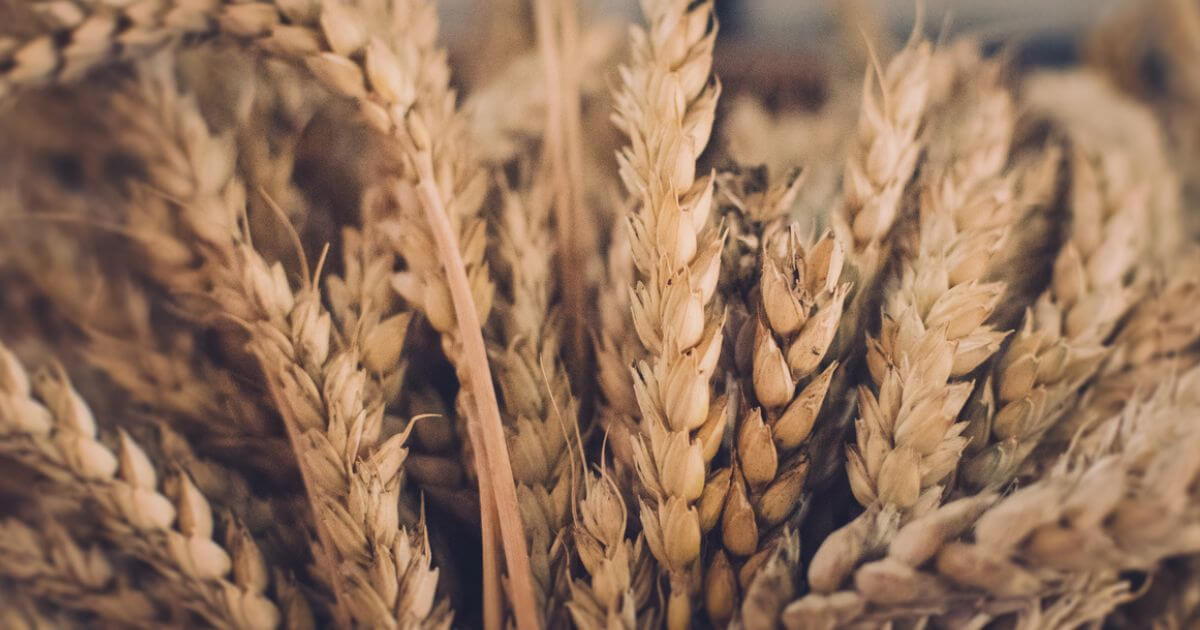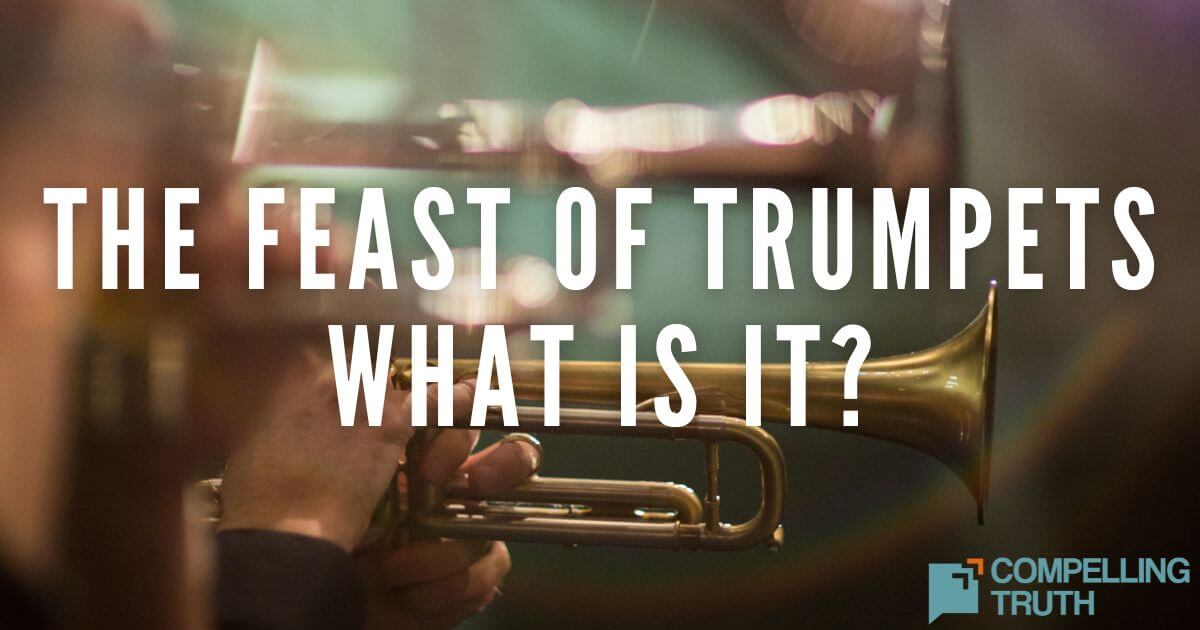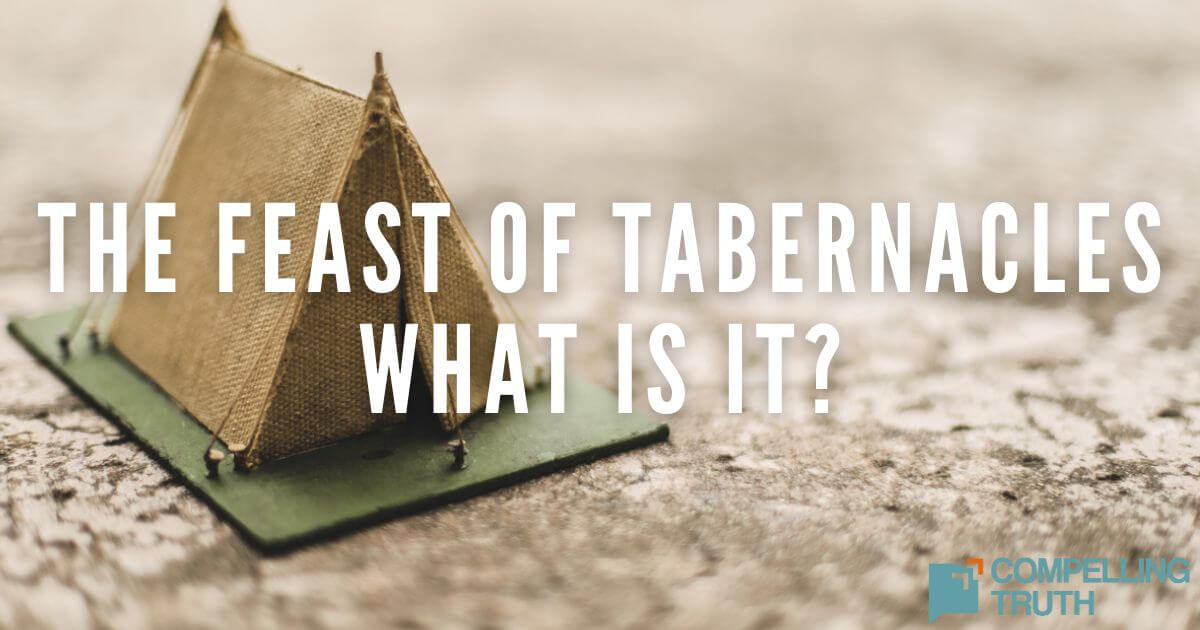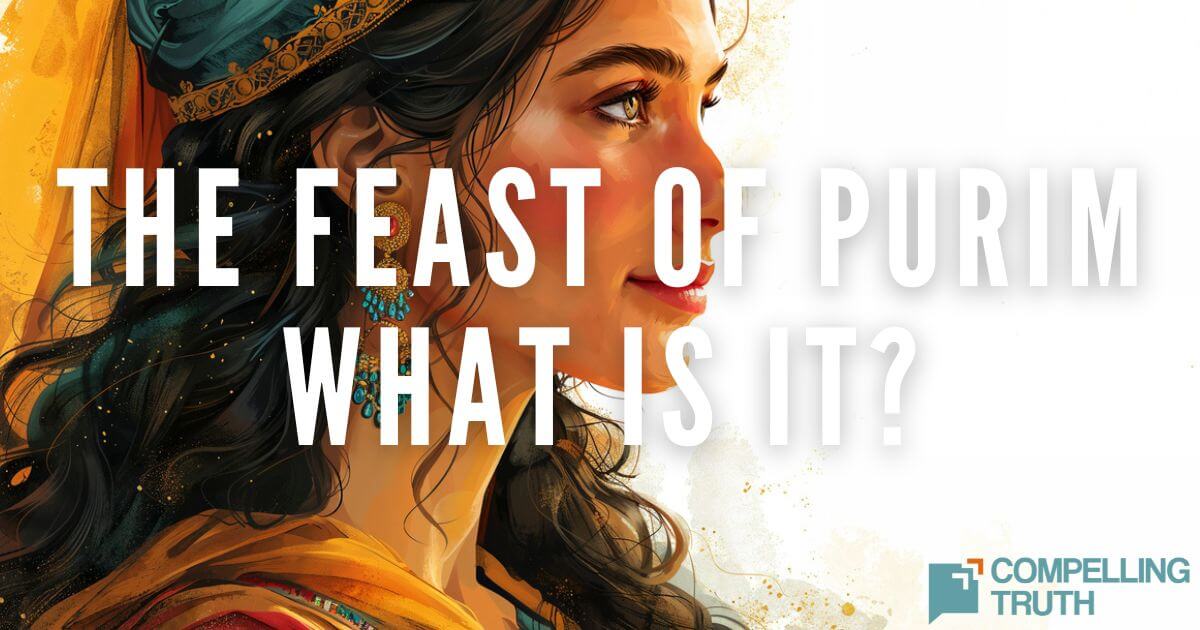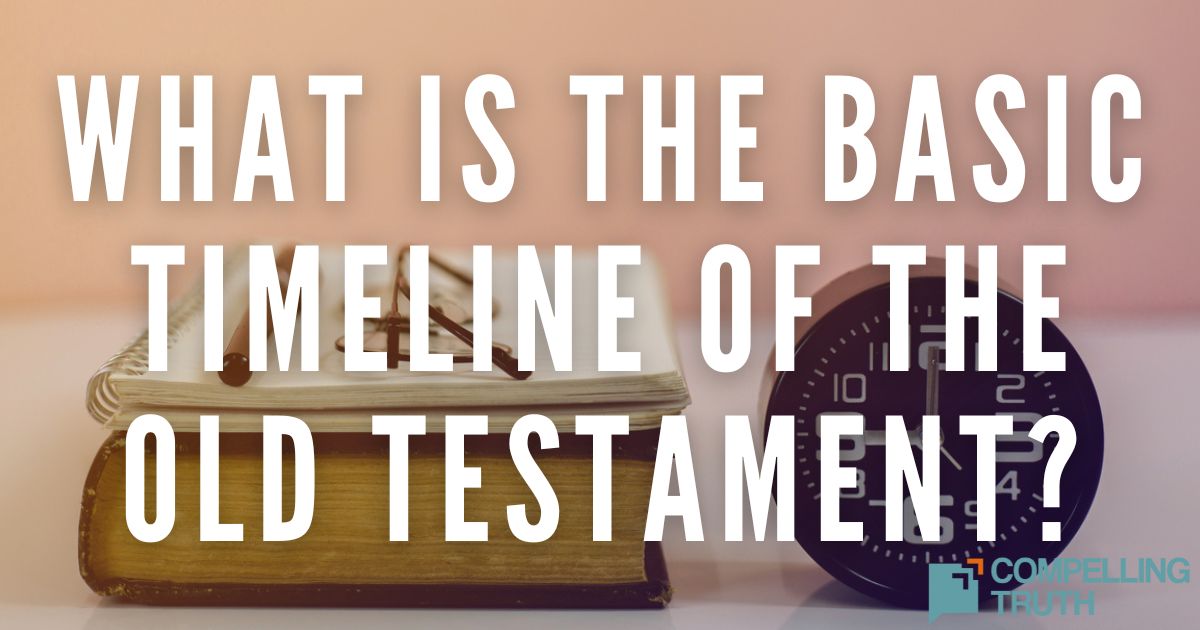what does the bible say?
The Feast of Weeks (Pentecost), a significant event in the Jewish calendar, required all Jewish males to gather in Jerusalem annually. Mentioned first in Exodus 34:22–23, it celebrated the first fruits of the wheat harvest and was observed fifty days after the Feast of First Fruits. Also known as Pentecost, it involved offerings of grain, young livestock, and provisions for the poor. In Acts 2, Pentecost became pivotal for Christians as the Holy Spirit descended, enabling the early church to evangelize effectively, resulting in a notable conversion of three thousand people. This event conveys God's ongoing provision and redemptive plan, bridging the Old Testament agricultural festival with spiritual harvest in the New Testament era.
